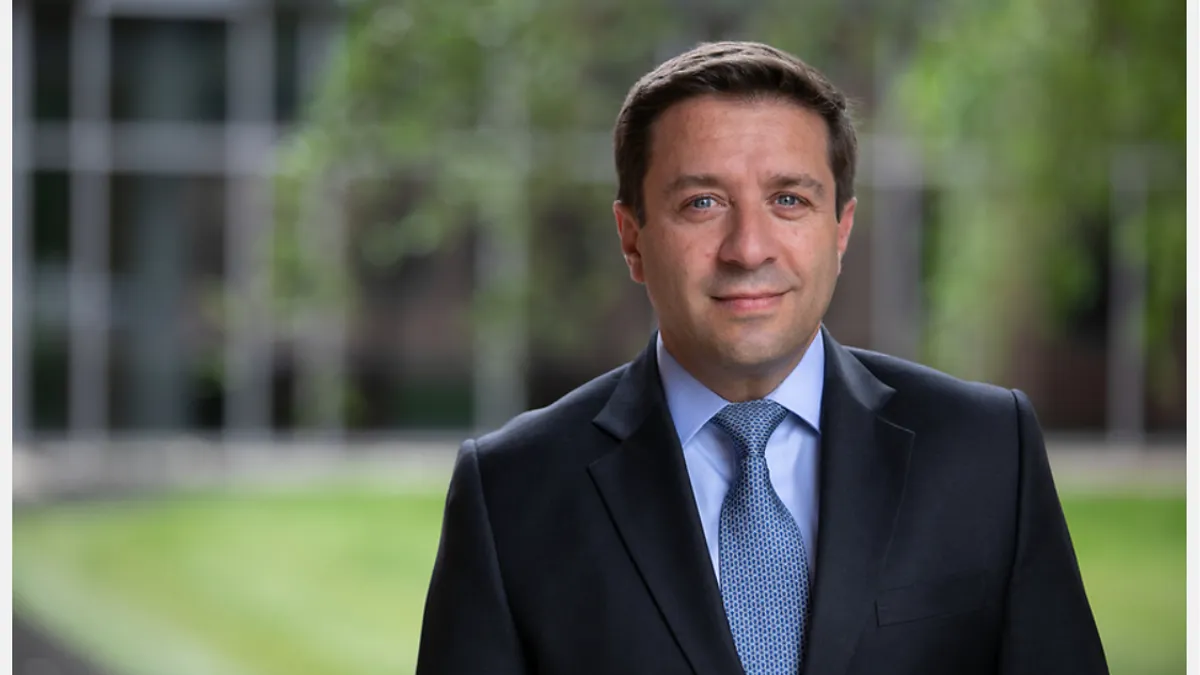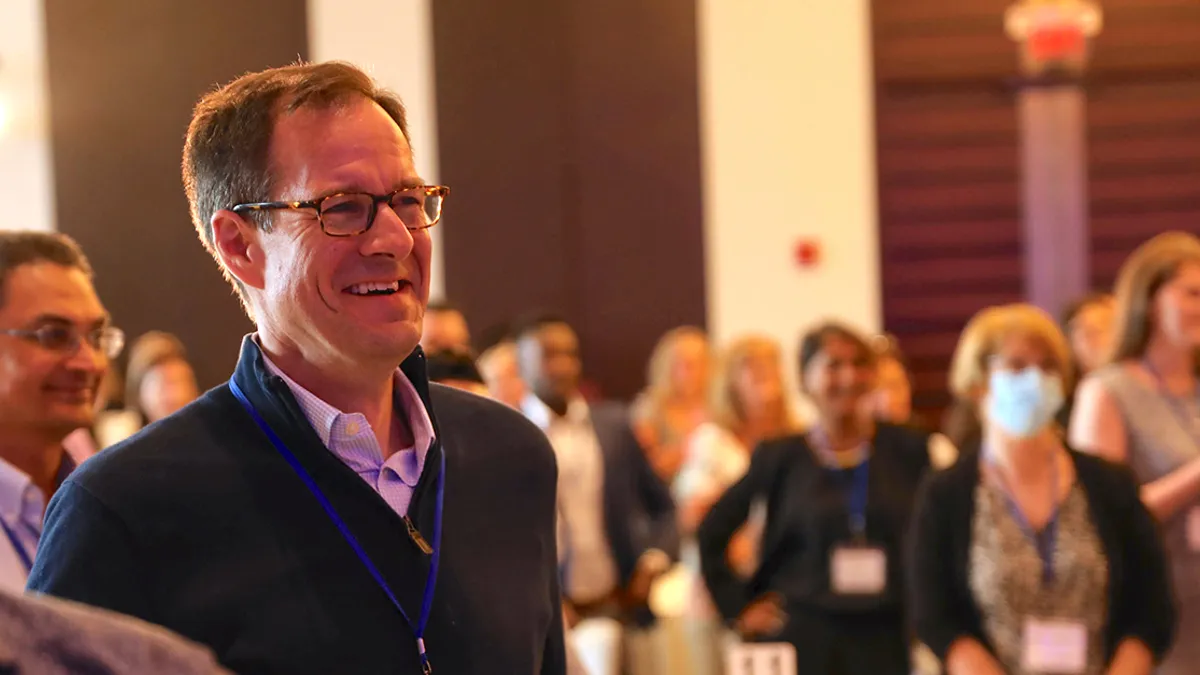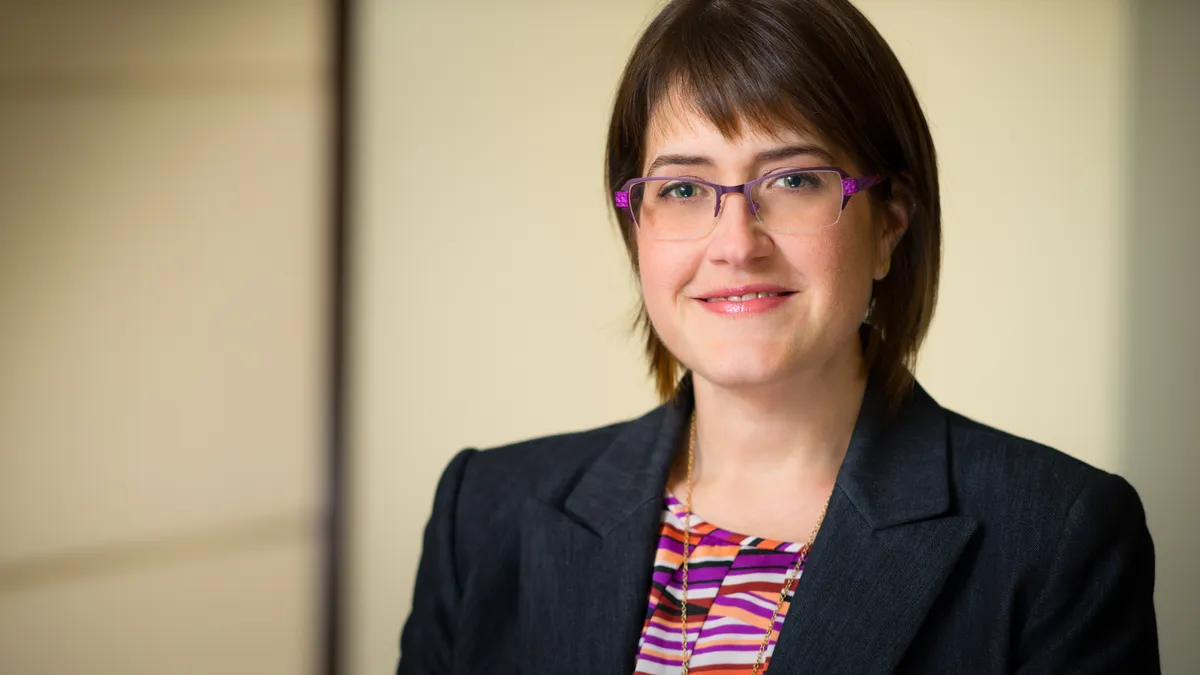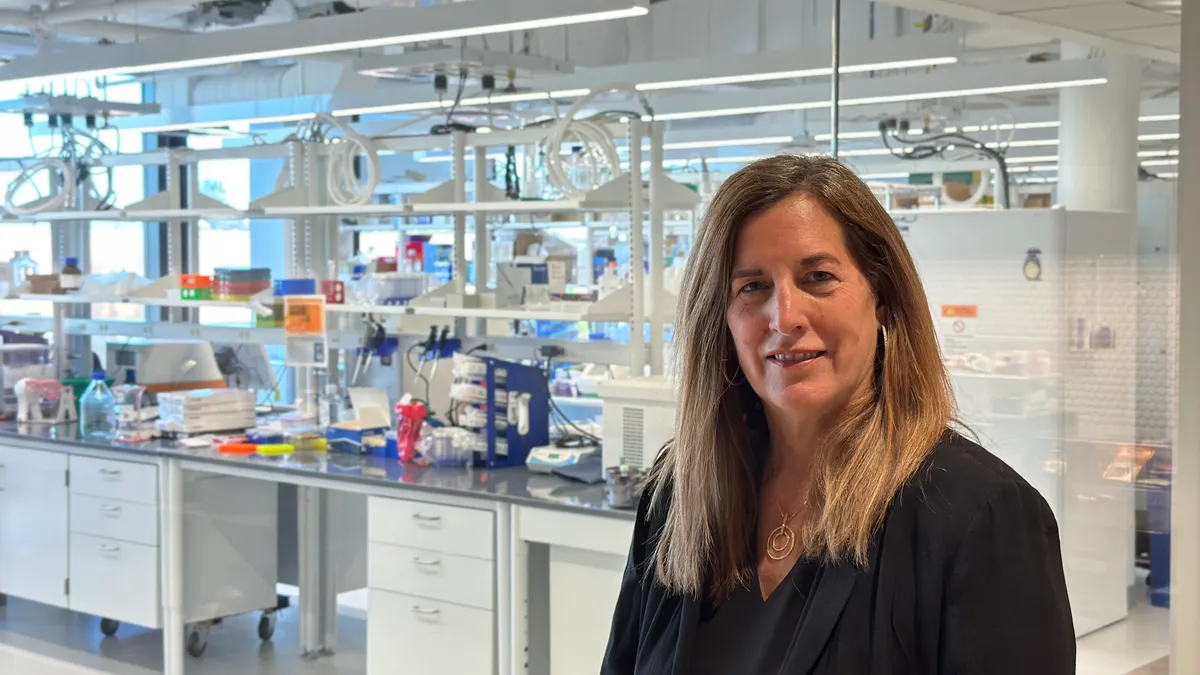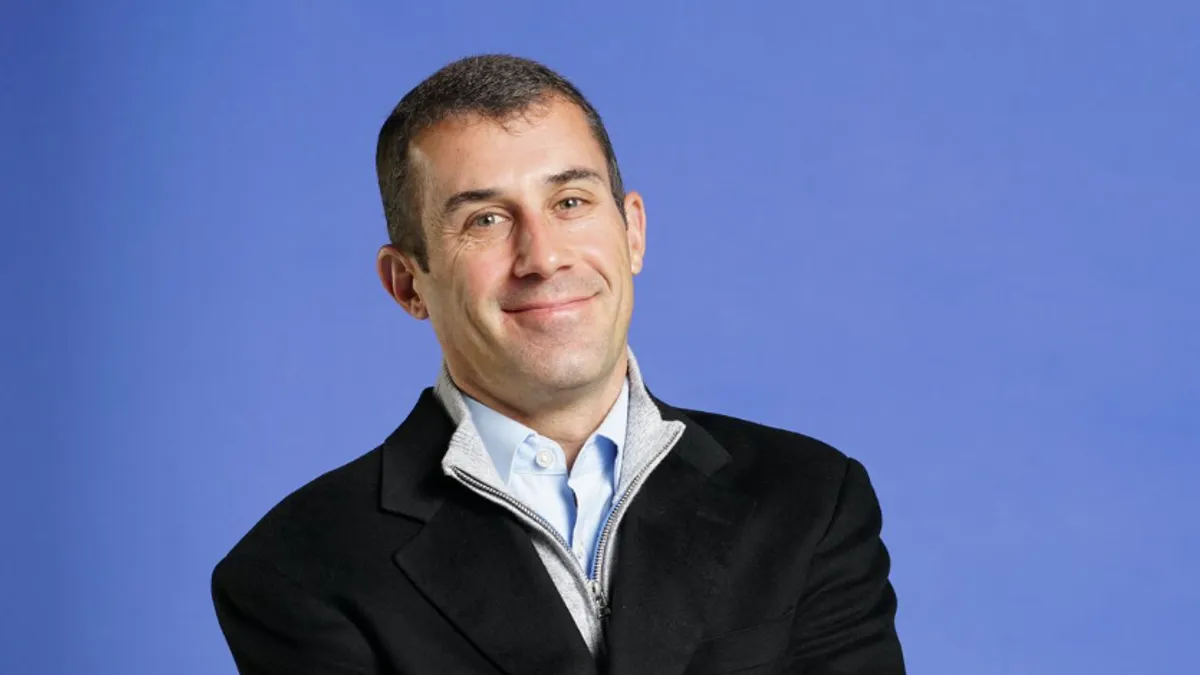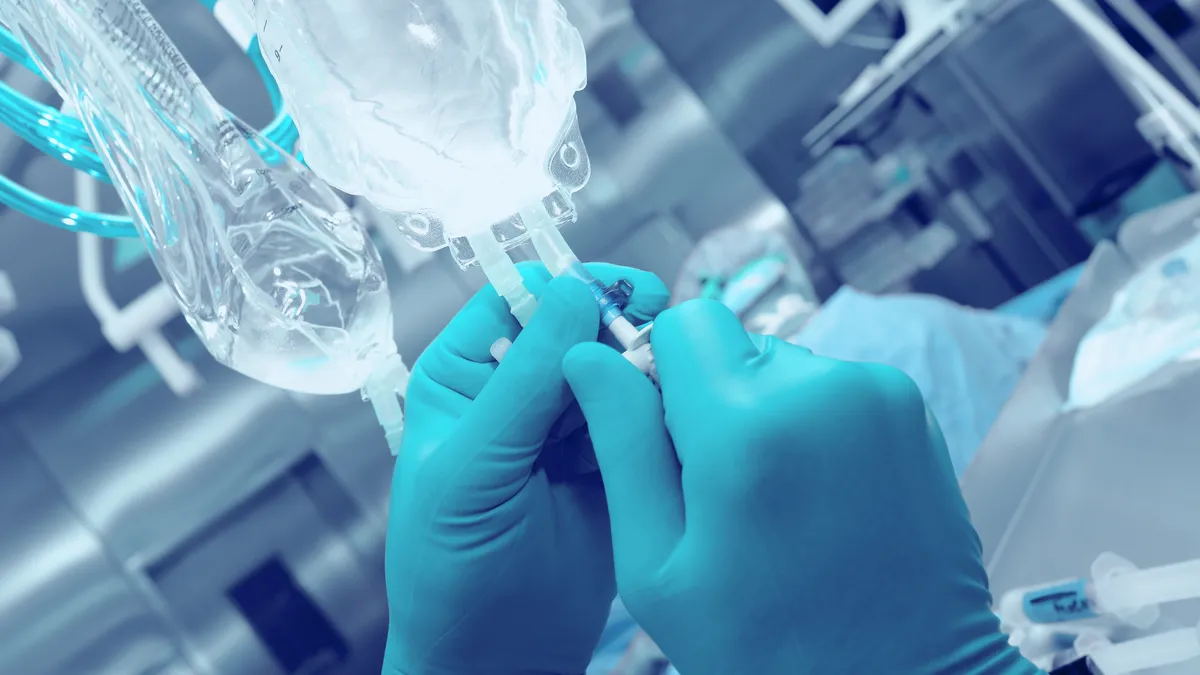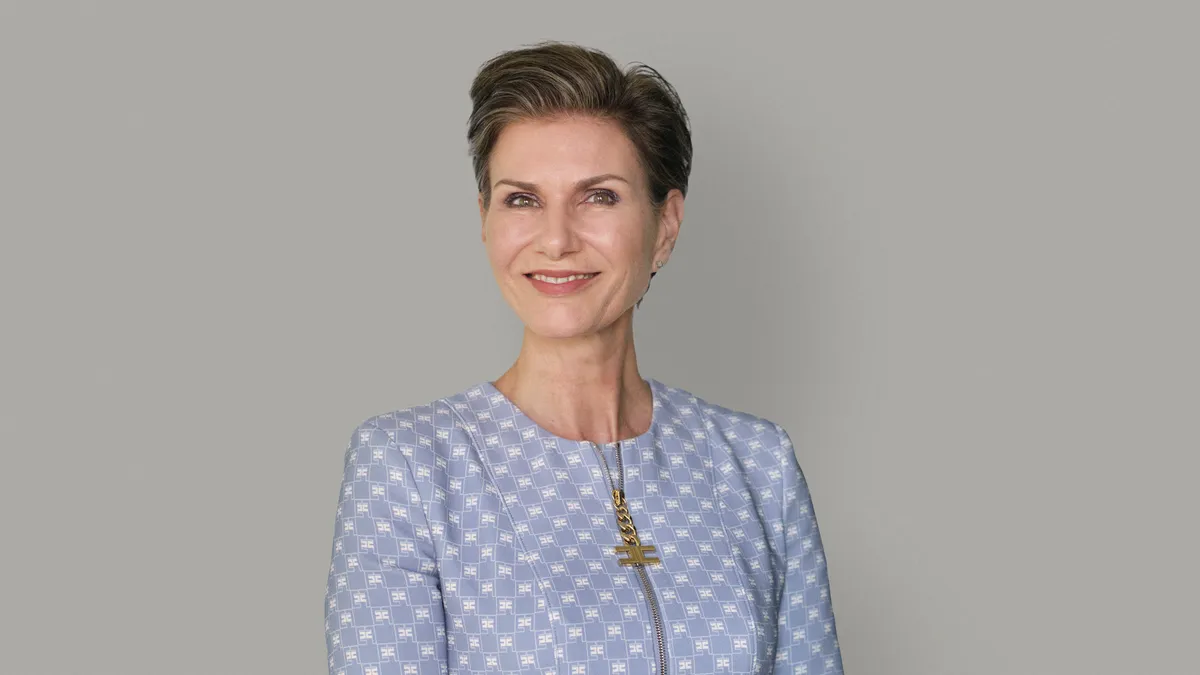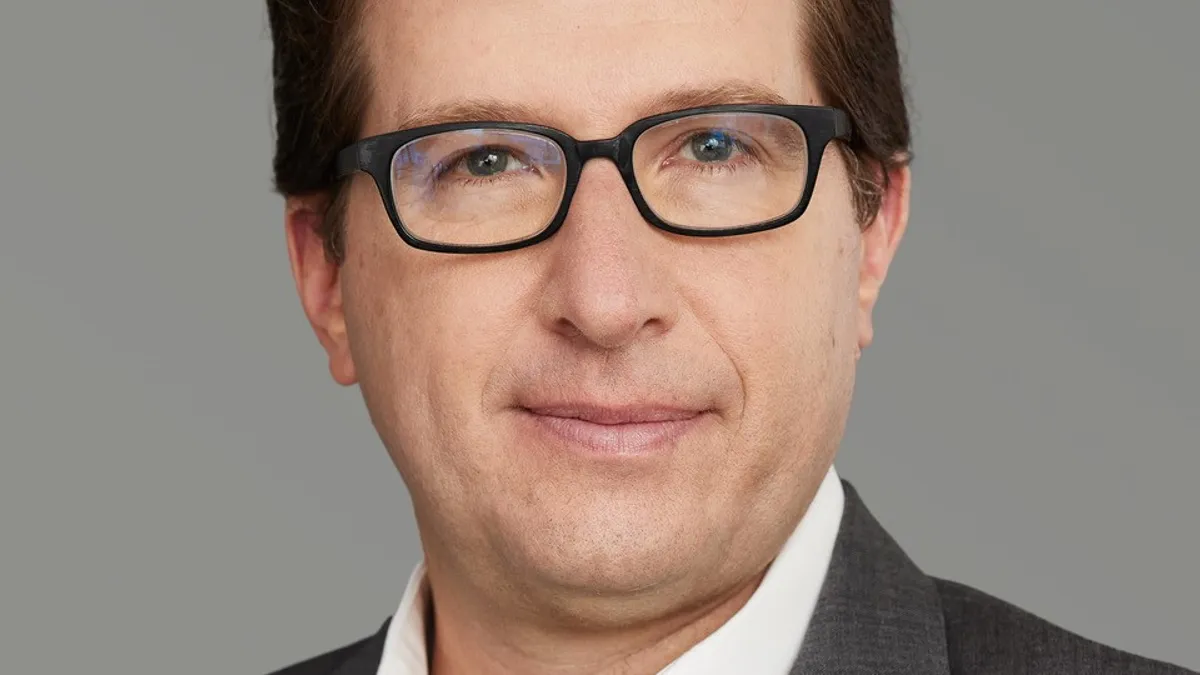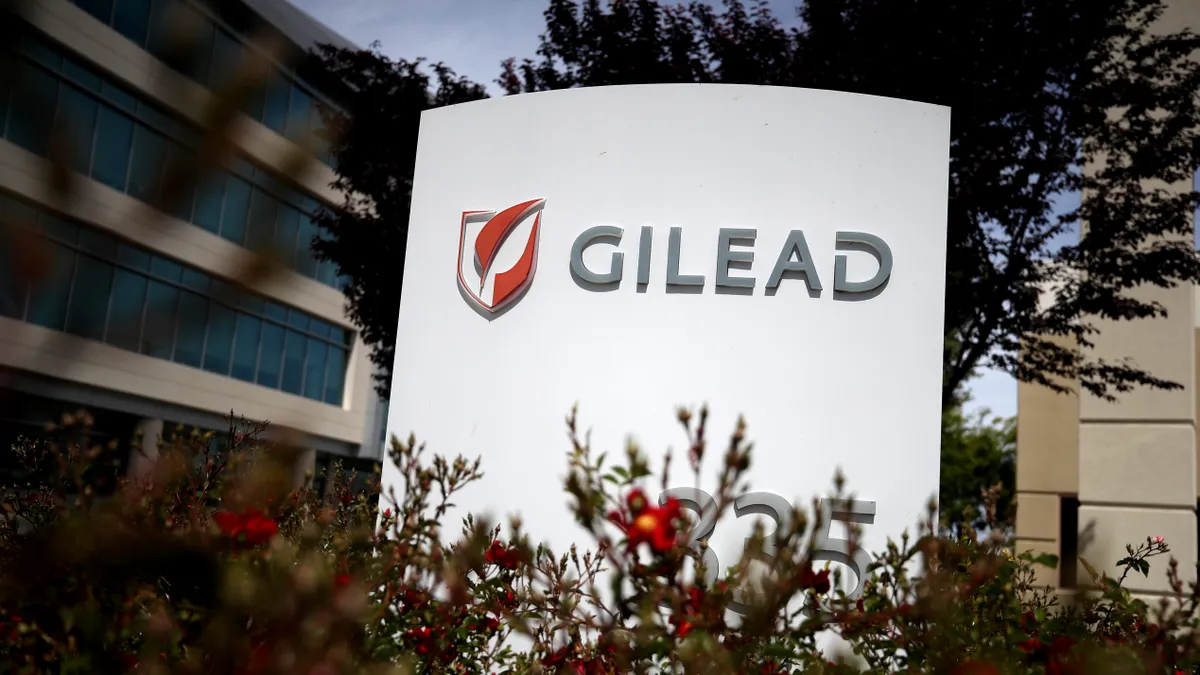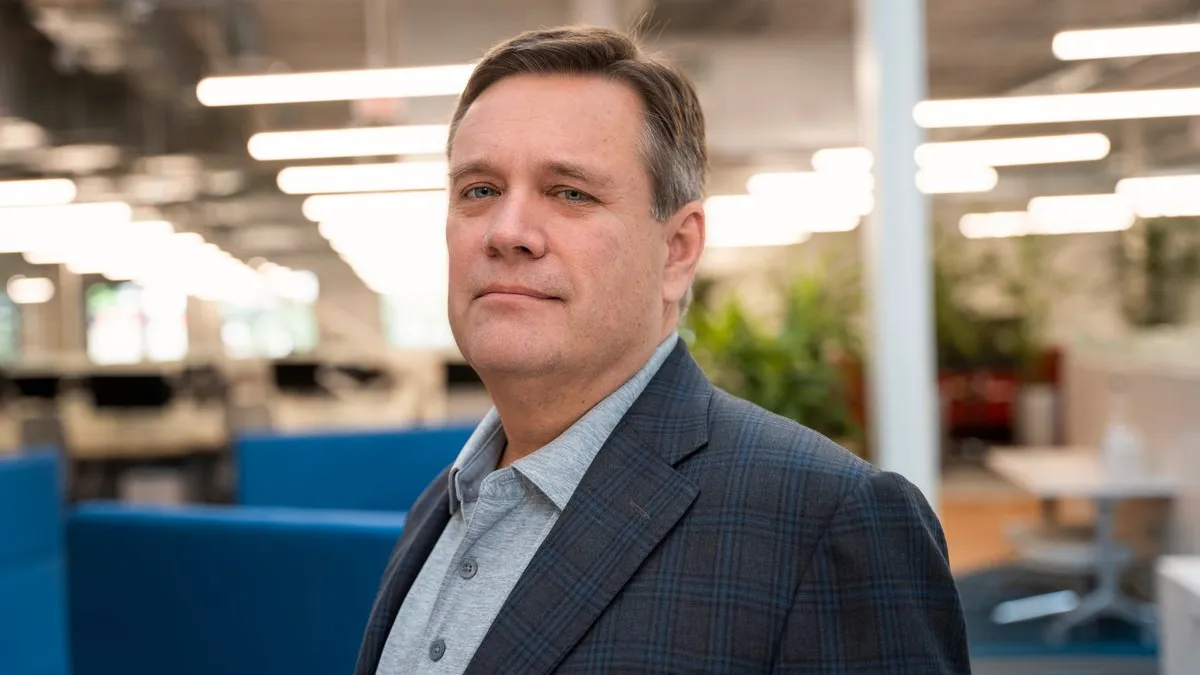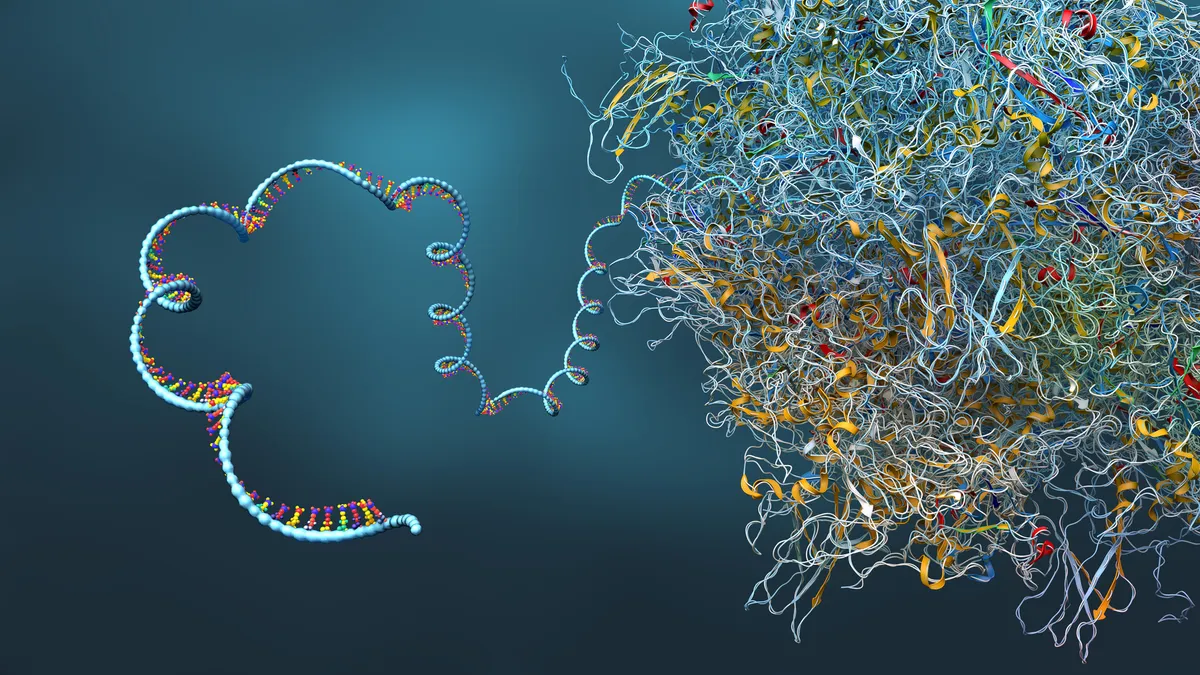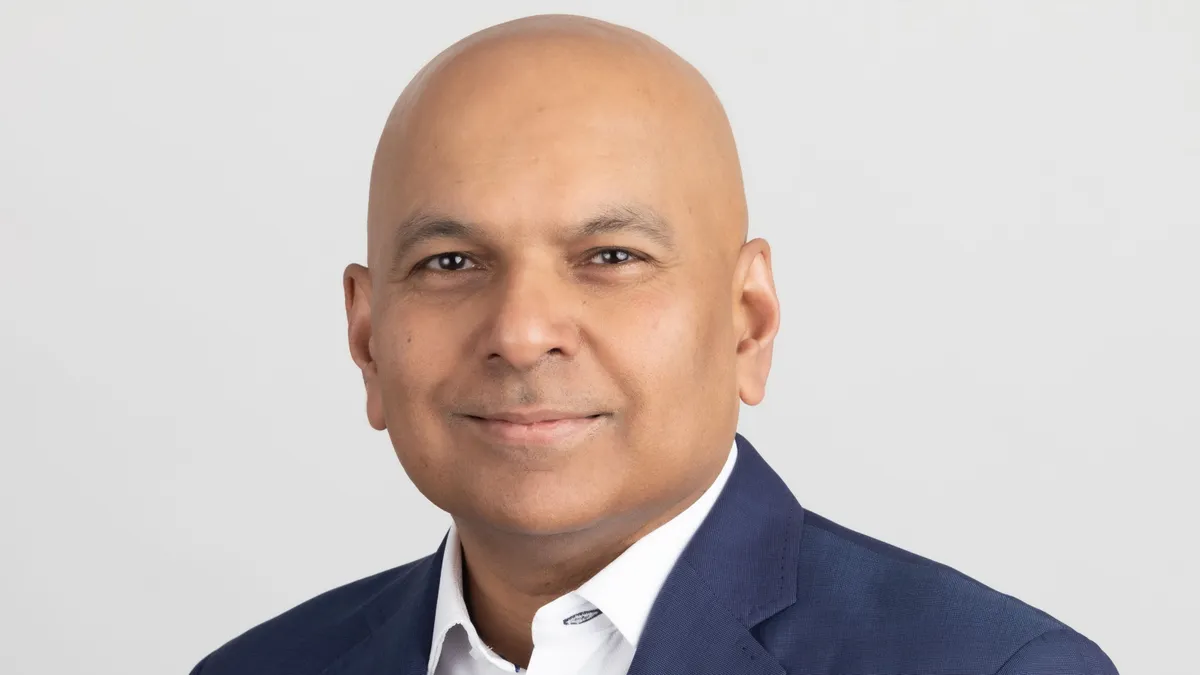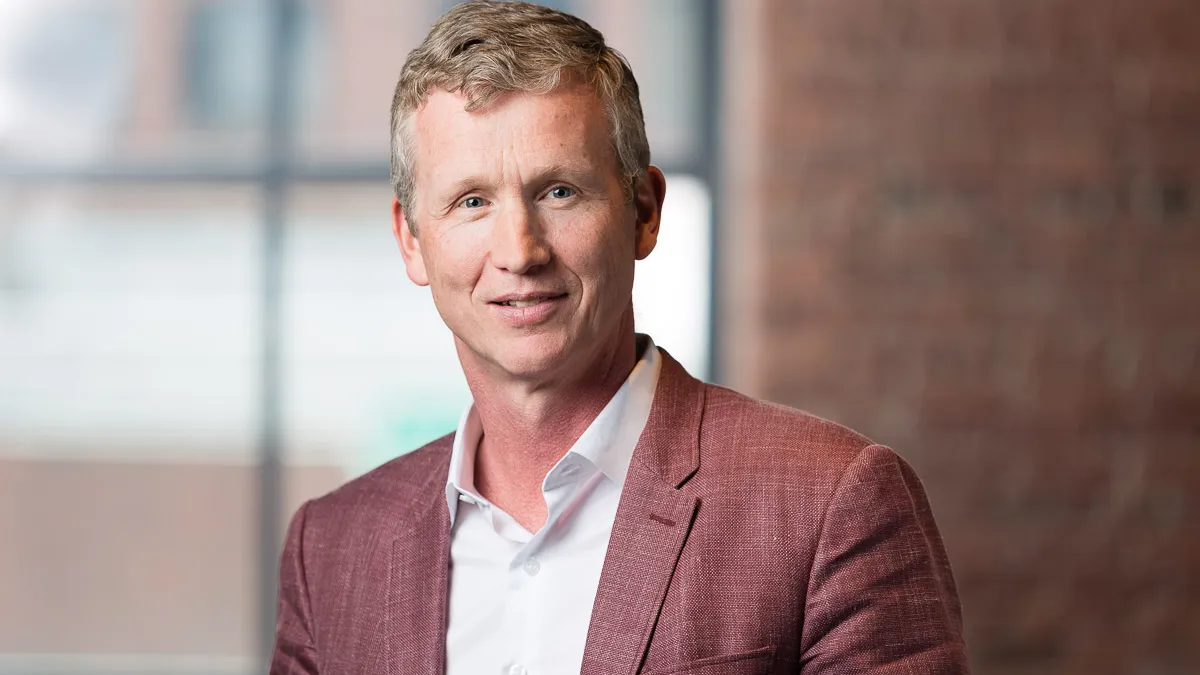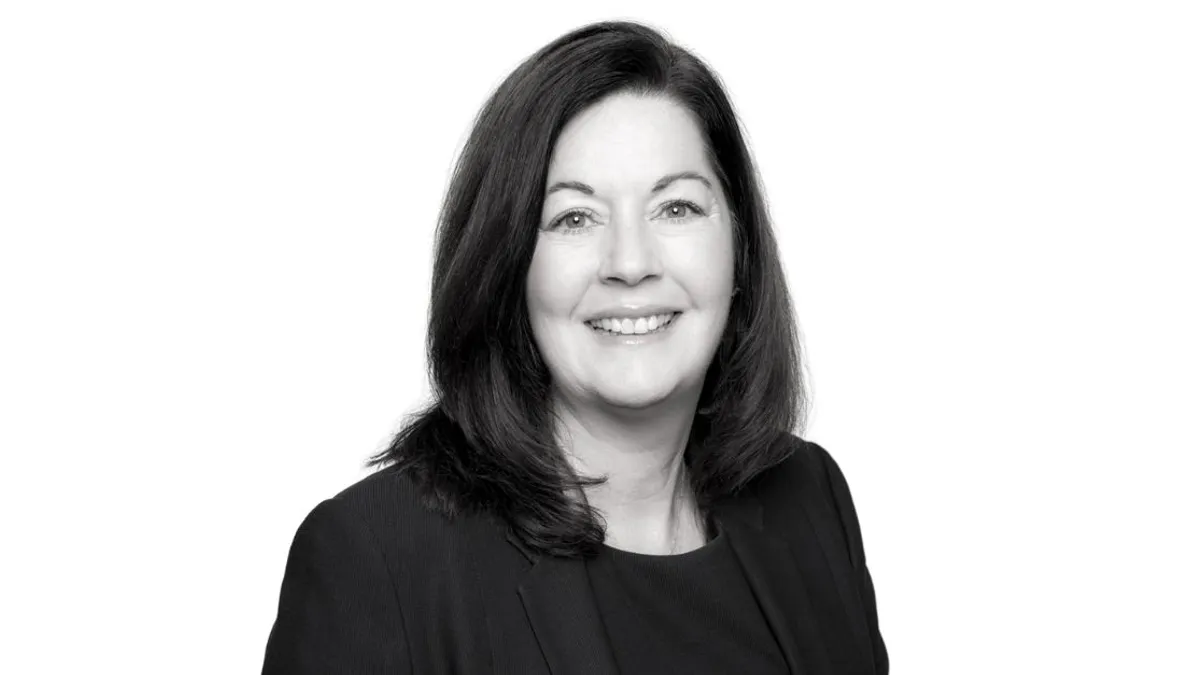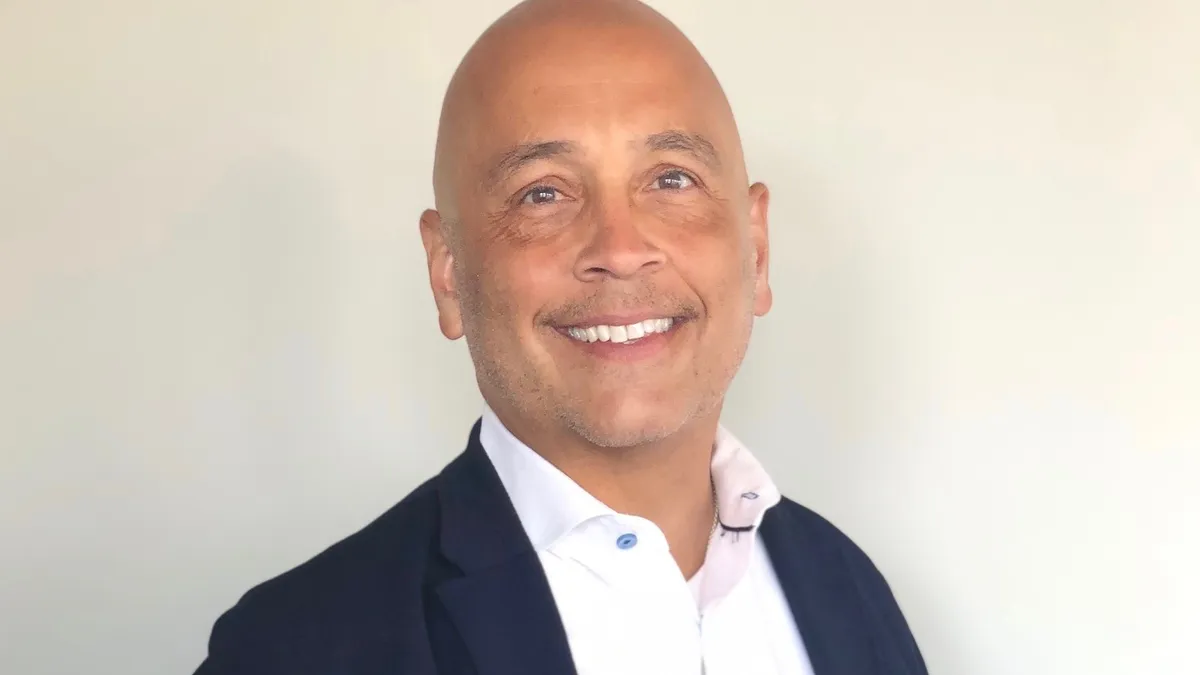Staying at one company for decades isn’t for everyone. But during his 22-plus-year career at Johnson & Johnson, David Jimenez has always stayed on his toes — moving between different business units on four different continents in many roles.
“I’ve worked with some amazing teams around the world from Puerto Rico to Spain to Dubai to Africa to the United States,” Jimenez says. “I bring a multicultural, patient-centric perspective from these unique experiences that inspires teams to have a positive impact.”
Earlier this year, Jimenez made another new leap at J&J — this time from head of Janssen’s Pulmonary Hypertension U.S. organization to president of Janssen Immunology. A franchise valued at more than $10 billion, Janssen Immunology already boasts a number of high-growth drugs including Tremfya, a first-in-class blockbuster medication for several inflammatory indications, including psoriasis.
Now, with J&J execs hoping to turn the pharma giant into an even bigger $60-billion behemoth by 2025, the pressure is on to use this success as a springboard. In addition to launching over a dozen new medications that could surpass $1 billion in sales, J&J is also looking to leverage expanded indications for drugs like Tremfya — which is being trialed for indications in Crohn’s diseases and ulcerative colitis.
But Jimenez brings plenty of experience driving growth to the table. In his last role, Jimenez notes that he was especially proud of how his team increased patient persistence and how two in-market brands, Opsumit and Uptravi, boasted worldwide sales of more than $1.1 billion in 2020.
There has been a huge transformation in immunology, but there are still a lot of significant unmet needs.

David Jimenez
President, Janssen Immunology.
Now, after two decades of globetrotting, the Madrid native says he is ready to put down roots in the U.S. and looks forward to “relentlessly advancing care for people” living with immune-related disease.
“There has been a huge transformation in immunology, but there are still a lot of significant unmet needs,” Jimenez says. “There are many things we can do with the products that we have in the market and that's why we keep developing clinical evidence. We have a really strong pipeline. We are also looking at combination products.”
And Jimenez and his team won’t just be aiming at the big targets in immunology, he says, noting that they will also look for innovations in rare diseases.
“We are going to get into new areas, including rare and ultra-rare diseases. It’s exciting where we are, but it’s even more exciting to see where we are going and to be part of the journey. Our mission is to change the landscape,” he says.
In today’s installment of our continuing series, First 90 Days, Jimenez discusses how he’s going to approach the task of R&D for a wide variety of indications, how he’s transitioning into his new role and why, should you want to meet with him, you should plan on drinking some coffee.
PharmaVoice: How did you craft your first 90 days in your new role?
David Jimenez: I've been through a lot of transitions, and some of these were moving from medical devices to consumer or consumer to pharma, to important strategic roles to commercial roles, from general management to managing a region to managing a portfolio of countries.
First, I learned there are a lot of smart people in the organization, and the title alone doesn't give you knowledge or empowerment. So, I learned, and what I believe has been impactful in my role, is to really listen. I spent my [first few months in this role] listening to people, meeting everybody in the organization, every department, not just the direct reports on my leadership team, but going beyond that.
I also do a lot of informal interactions. I love coffee — coffee is a big part of my life. But it's not just drinking coffee. It's about the Spanish culture of preparing coffee and having a nice chat while having a cup of coffee. Several times a week I invite people from all different levels of the organization to have coffee with me — Café con David. Everybody brings a coffee or tea and we have a nice chat; they talk about what they do in sales, marketing, medical, etc. And we really talk about what is going on, what opportunities they see, what the challenges are. People really appreciate these open discussions. The amount of insights — verbal and the nonverbal — that I gain from these meetings is much better than five hours being in front of a PowerPoint or slides. These 30 minutes can sometimes be transformational.
Next, being a pharmacist doesn’t mean I’m an expert in all areas. So, I got deep into the science to know our products and the landscape. Then, I’m taking every opportunity to meet our customers at congresses, conventions, boards, etc. Believe it or not, it's not about setting the strategy — the team knows what they're doing. My first 100 days is all about understanding the talent that we have and understanding the opportunities and the needs that we have. And learning from our physicians what can we do better, what else do we need to do to think differently, and where can we make a difference now. It's not about hearing, it’s about listening.
You stated your goal is to “relentlessly advance care” through patient centricity, which is such an overused word. How are you advancing your mission?
That's a very good question. Our core business is to bring products to the market, bring about clinical evidence, and bring value so we can make a difference. I've been part of many different teams, and this team is fantastic. It’s a one-team all-team approach — from medical to marketing to communications to sales — everybody is playing a critical role and rowing in the same direction and making a difference for patients. Their commitment, passion and willingness to make a difference in the marketplace with physicians and patients is unique. We get excited when we talk to physicians and patients and listen to their stories about how their lives changed completely. So, that’s No. 1.
The other thing is our commitment to patients. This is real and we really live it, it’s part of our credo, part of our DNA. I'm excited about what we're going to do from an R&D point of view, from a pipeline point of view, but also thinking beyond the products. I think we are living in an exciting moment now. We are incorporating digital, artificial intelligence, data analytics, and we're thinking about how we can personalize our value discussions with physicians and our solutions for patients. It’s not about a one-thing-fits-all solution, it's about what they need and when they need it. I'm super excited about how we're going to continue to individualize our solutions for physicians and patients.
How are you interweaving all of the different pieces?
We used to be a linear operation — we’d bring a product to market, we’d have great clinical evidence, we’d do marketing, strategy, sales, etc. Today, we have more data, which is really critical. It all starts with listening to patients and physicians and being able to incorporate all their insights. There is a huge opportunity to bring external customer insights together with our internal insights. And we have to make sure we communicate and we break the silos and everybody plays their role — marketing, medical, etc. Obviously, there are some boundaries, but at the same time, we need to make sure the data and communications flow — both ways — internally and externally. This requires a lot of change management.
When we talk about digital or artificial intelligence, people can feel like a computer is telling them what they can tell a doctor or what they need to do. I want to reinforce that we value human capital, we are the experts. But these data insights are going to help us understand what the patient or what the physician needs at the right moment and at the right channel. This is exciting.
You noted that there would be a move into the rare and ultra-rare disease areas, which is a departure. So why now?
Rare disease hasn't been the focus, however, in my previous role as president for pulmonary hypertension, which is like a rare disease, I was able to understand how important it is for companies like ours to create strong partnerships with physicians and patients. And what I saw were really strong collaborations and partnerships, and I think the intimacy that we created. It wasn’t just about bringing to the market new products and clinical evidence, but also solutions, patient-support programs and education in collaboration with physicians and professional societies.
That's what I like about where we are — we are going to keep focusing on the things that we can do, and at the same time, we're getting into rare diseases and ultra-rare diseases where the difference we can make for patients is unbelievable.



